Apple : KINDERKRISP Semi-Dwarf (G969) (Orchard Grade)
$37.95
An 'orchard grade' is a tree that may be somewhat shorter, slightly crooked, or a bit scratched, or for some other reason is not a perfect front lawn specimen. These trees will work just as well in an orchard as a first or number one would, since they still produce the very same fruit.
Although Honeycrisp remains a force to be reckoned with in the apple world, some of it's easier-to-grow progeny aspire to attain equal prominence. One of the newest, next-generation varieties is KinderKrisp, developed by David MacGregor in Minnesota. Exhilarating Honeycrisp texture combined with exceptional flavour endears this perfect snack to kids of all ages. Cute, child-size, rosy red apples are tops for packed lunches. They ripen right at the start of the school year and will hang on the tree for an extended period.
NEEDS A POLLENIZER | ZONE 3/4 | HARVEST: LATE AUG.-EARLY SEPT
Only logged in customers who have purchased this product may leave a review.
Growing Tips
Besides selecting the most disease resistant varieties, there are
a few simple things to do to have better apples.
- Fertilize under the outer edges of your trees. There are no feeder roots next to the trunk. A well fed tree stays healthier. (Adequate calcium in the soil also helps so that apples keep longer.)
- Pick up fallen fruit and compost, dispose of, or feed to livestock (where possible).
- Rake up leaves in the fall and compost them away from the orchard.
- Prune trees to encourage light and air to reach the inside of the tree.
- Provide bird nesting sites near your orchard. A variety of orchard companion type plants will attract native pollinator insects and also encourage birds to come and eat insect pests.
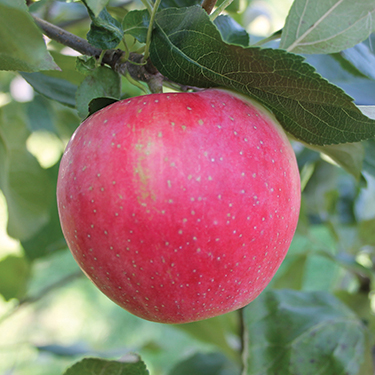
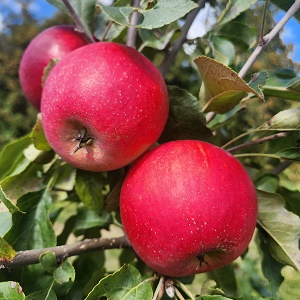
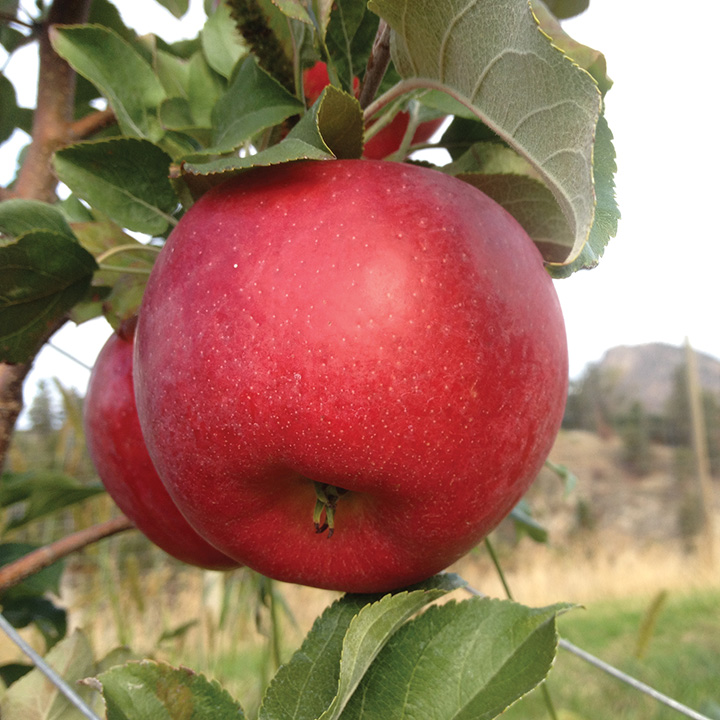

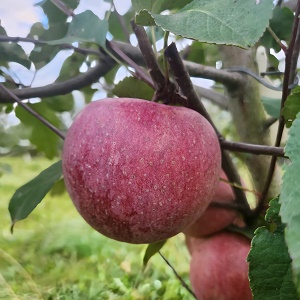
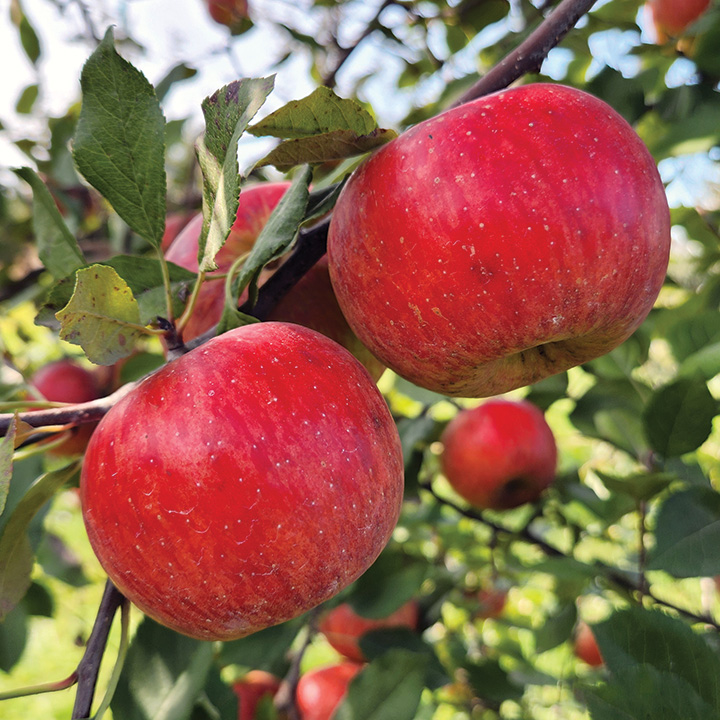
Reviews
There are no reviews yet.